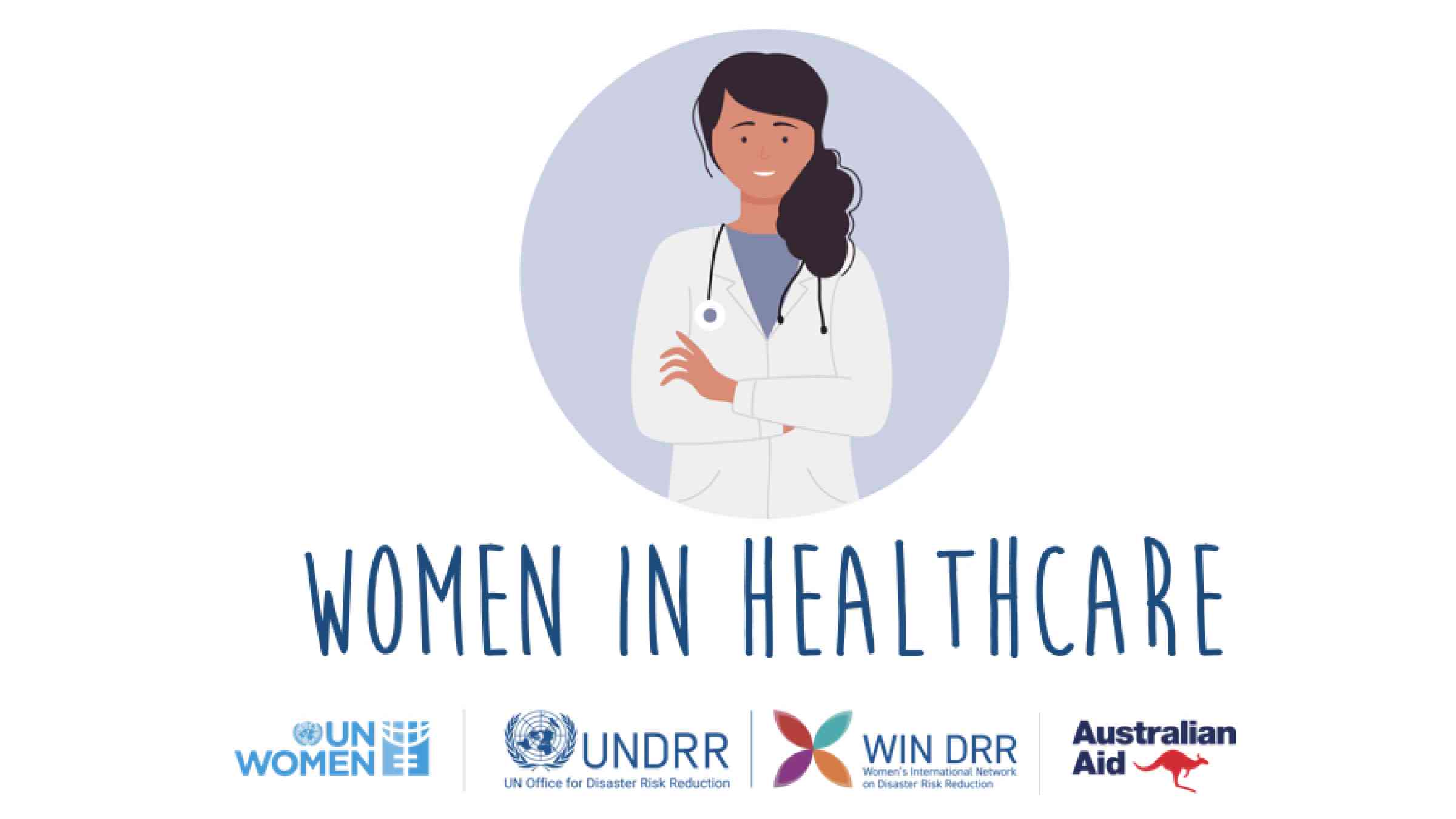Healthcare RCM Providers for Reliable Profits Cycle Monitoring
Healthcare RCM Providers for Reliable Profits Cycle Monitoring
Blog Article
A Comprehensive Overview on Just How Health Care RCM Works to Streamline Billing and Collections
Browsing the intricacies of health care profits cycle management (RCM) is crucial for suppliers aiming to improve their invoicing and collections procedures. The guide unboxes the intricacies of RCM, from individual registration to receivables monitoring, providing understandings right into maximizing each step. Integrating sophisticated technology and standardized treatments can significantly minimize insurance claim rejections and speed up repayment cycles. Yet, truth difficulty exists in seamlessly combining these components to improve cash flow. As we explore the core parts and strategies that drive effectiveness, one concern continues to be: exactly how can medical care entities finest placement themselves to prosper economically in an ever-evolving industry?
Comprehending Earnings Cycle Monitoring
RCM is a vital management feature that includes the entire monetary process of individual treatment, from the preliminary visit establishing to the last settlement of the balance. It is a complex treatment created to recognize, gather, and manage the earnings from the services given to people.
The RCM procedure begins when a client schedules a visit and expands through the patient's treatment journey, including billing and collections. A crucial purpose is to decrease the time in between receiving and giving a solution settlement, therefore improving the organization's economic health and wellness. RCM involves different functions such as individual registration, insurance confirmation, charge capture, coding, asserts submission, settlement posting, and managing charms and denials.
Key Parts of RCM
In the realm of Revenue Cycle Administration (RCM), understanding its crucial components is basic to accomplishing financial effectiveness within medical care organizations. RCM is a thorough process that includes various phases, each essential to making certain effective payment and collections. The key parts consist of client registration, insurance policy verification, fee capture, coding, insurance claim entry, repayment uploading, and accounts receivable administration.


As soon as coded, insurance claims are submitted to payers, where accuracy is paramount to avoid delays or rejections - Healthcare RCM. Payment uploading involves recording the gotten repayments, which enables the settlement of accounts. Lastly, receivables administration concentrates on monitoring and resolving unpaid insurance claims, guaranteeing timely follow-up and resolution
Each element of RCM is interconnected, and inadequacies in any part can interfere with the whole cycle. For that reason, mastering these elements is necessary for healthcare companies to optimize profits and enhance their economic wellness.
Approaches for Effective Billing

Standardizing billing procedures across the company is an additional essential technique. Establishing clear guidelines for documentation, coding, and entry aids keep consistency and compliance with regulatory demands. Educating personnel consistently on these procedures makes sure everybody is updated with the newest adjustments in invoicing codes and payer plans.
Accurate fee capture is necessary in avoiding income leak. Applying normal audits and surveillance systems enables the identification and correction of inconsistencies before they impact revenue. Furthermore, preserving open lines of communication with payers helps to swiftly deal with any kind of disputes or misconceptions that may arise.

Finally, appealing patients early in the invoicing procedure by supplying clear quotes and educational materials about their economic duties can considerably lower confusion and enhance settlement timeliness. These methods collectively add to a more reliable and monetarily healthy and balanced payment system.
Enhancing Collections Procedures
Given the intricacies of clinical billing and the selection of payer demands, enhancing the collections process involves implementing calculated measures that ensure prompt and precise payment of services made. Automation tools can assist in tracking case statuses, sending timely pointers to clients, and taking care of rejections a lot more properly.
Educating personnel to recognize the nuances of insurance plan and payment codes is just as vital. This understanding empowers them to attend to billing disparities swiftly and communicate efficiently with individuals concerning their monetary responsibilities. In addition, transparent and clear individual interactions are crucial. Offering in-depth descriptions of fees and offering flexible layaway plan can enhance client contentment and timely settlements.
Normal audits of the collections process need to be conducted to identify areas for enhancement visit here and ensure conformity with policies. By examining data, healthcare companies can recognize patterns, anticipate potential concerns, and adjust methods accordingly (Healthcare RCM). Ultimately, a well-enhanced collections process not just sustains monetary health and wellness however also adds to a more smooth experience for people and personnel alike
Optimizing Revenue Streams
Building upon the structure of a solid collections procedure, medical care companies can better strengthen their economic stability by strategically enhancing profits streams. This includes a multi-faceted technique, starting with a detailed evaluation of existing income sources to determine ineffectiveness and locations for development. Using sophisticated data analytics devices makes it possible for companies to acquire insights right into payer mix, client demographics, and service utilization patterns, enabling data-driven decisions that improve income capture.
Applying automated payment systems can considerably reduce mistakes and accelerate claims refining, making certain that income is accumulated a lot more effectively. Moreover, optimizing payer contracts with regular arrangements can boost repayment prices and terms, straight influencing the lower line. Branching out solution offerings, such as including telehealth or health care, can also bring in a wider person base, hence enhancing earnings possibility.
An additional critical element is enhancing individual interaction and complete satisfaction, as completely satisfied clients are more probable to abide by therapy plans and make timely repayments. Providing flexible repayment choices and transparent invoicing practices can boost collections and foster person commitment. Healthcare RCM. By embracing these approaches, healthcare companies can create a much more resilient monetary structure, making certain continual development and stability in an ever-changing market landscape
Conclusion
Finally, healthcare Earnings Cycle Monitoring (RCM) plays a critical role in maximizing try here invoicing and collections procedures by integrating crucial components such as individual registration, insurance confirmation, cost capture, coding, declares submission, and balance due management. By utilizing advanced modern technology, systematizing treatments, and cultivating patient involvement, doctor can dramatically decrease claim rejections, speed up payment cycles, and enhance cash money circulation. This extensive approach to RCM eventually causes boosted economic effectiveness and sustainability for medical care companies.
The RCM process begins when a person routines a consultation and extends through the patient's treatment journey, including invoicing and collections.One more vital part is boosting person interaction and satisfaction, as completely satisfied clients are much more most likely to adhere to treatment strategies and make timely settlements. Using flexible settlement choices and clear billing techniques can enhance collections and foster client commitment.In conclusion, healthcare Revenue Cycle Monitoring (RCM) plays an important role in optimizing invoicing and collections processes by incorporating crucial components such as person registration, insurance policy verification, charge capture, coding, declares submission, and accounts receivable administration. By employing innovative technology, standardizing procedures, check this and fostering person engagement, healthcare service providers can significantly lower claim rejections, accelerate settlement cycles, and enhance money flow.
Report this page